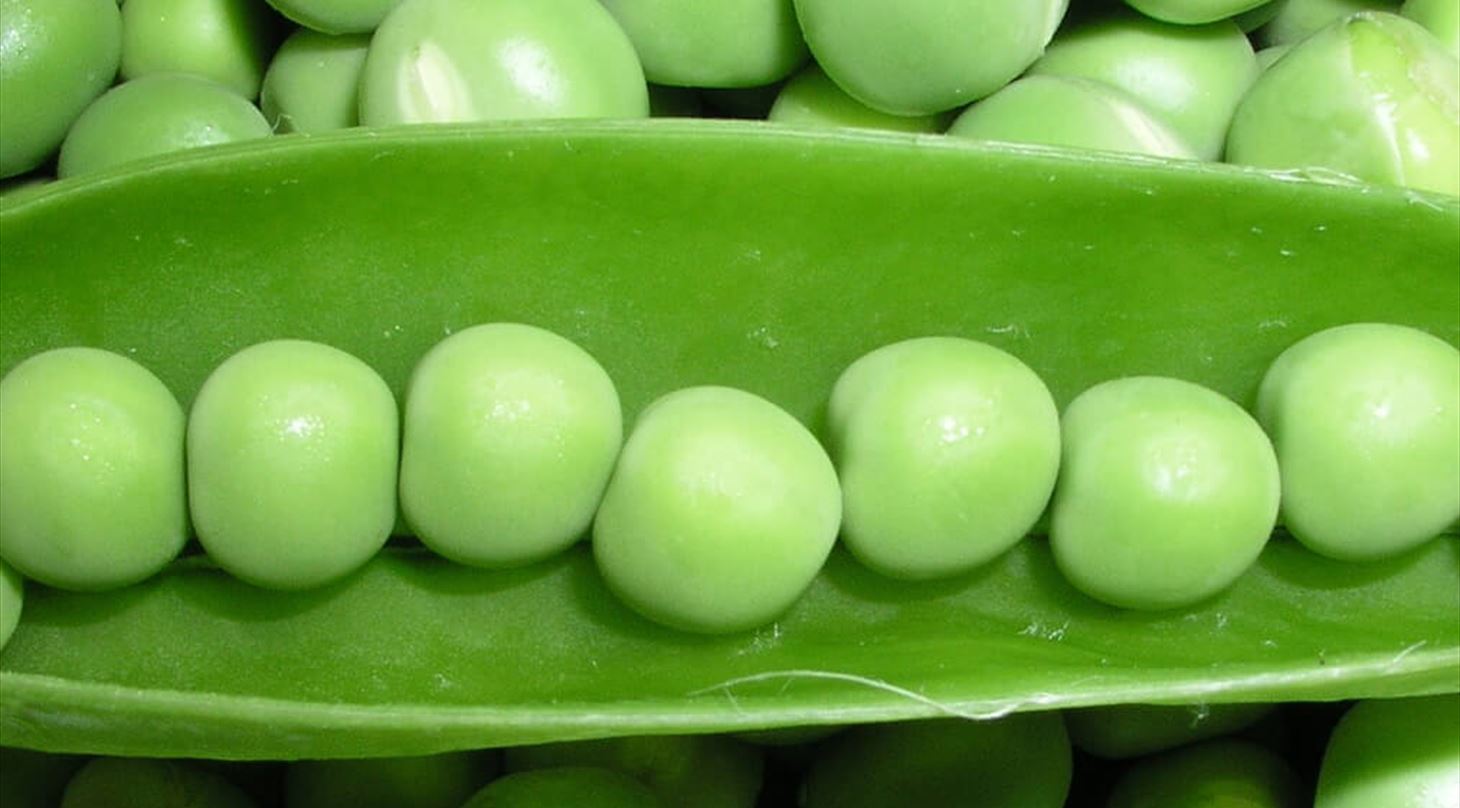
Life Cycle Assessment of Food
Do your customers inquire about how your food products impact on climate, environmental, economic, and social factors?
At Danish Technological Institute, we use the Life Cycle Assessment (LCA) tool to calculate various burdens and impacts in our work within sustainable food production.
This analysis is internationally recognized and well-documented in several places, such as the ISO 14040 standard.
An extensive - yet necessary - procedure
To conduct a life cycle assessment requires extensive data collection. As demand for transparency regarding carbon footprint increases, the availability of data grows with databases like Agribalyse, EcoInvent, and Den Store Klimadatabase (The Big Climadatabase), making data collection more manageable.
At its most basic level, a life cycle assessment is simply a method for systematically collecting inputs and outputs from a product or process and converting it into a series of burdens on, for example, the environment, climate, and social factors.
The analysis consists of four primary steps:

It may sound relatively simple to conduct an LCA, but the scope can quickly become enormous due to factors such as data collection, where inputs and outputs from subprocesses need to be accounted for. For example, in calculating how much energy was used to produce the fertilizer for the rice in the field, which is used in a packaged risotto.Asger Munch Smidt-Jensen, LCA specialist at Danish Technological Institute
Product-specific analyses
One way to approach your company's sustainability efforts is through product-specific analyses. We can examine everything from carbon footprint and water footprint to social impacts.
For example, evaluating your product's environmental and climate footprint through a life cycle assessment could be beneficial. This is done based on your specific processes/product, and a comparison with competing products can be made if necessary. This can be used to identify hotspots or for marketing materials.
With a product-specific LCA, you gain deeper insights into your product's climate and environmental impact, including:
- A specific figure for the carbon footprint of your product
- An assessment of which process steps and ingredients have the most impact on climate and the environment
- An analysis of whether the product has other negative environmental and climate impacts
- Possibly a comparison with competing products.
NOTE: Publication in connection with marketing requires third-party validation.
Validation before use in marketing
Conducting a life cycle analysis is often used as an internal tool to make more climate-friendly decisions. However, it may be relevant to use the results in marketing contexts.
Before this is legally permissible, the analyses conducted must be approved by an independent third party.
We assist with third-party validation.
Have you conducted a life cycle analysis yourself, or do you practice conducting life cycle analyses? If so, we're happy to assist with validation for marketing purposes. We can review reports produced by your company or a consulting firm to ensure that the quality aligns with internationally recognized standards - including the Greenhouse Gas Protocol, ISO standards, and the EU's Product Environmental Footprint. This ensures that you can use the analysis in the desired manner - for example, for external communication.
Update and maintenance of emissions
Do you wish to ensure that your calculations remain accurate? Have you made changes or improvements in your production? Or do you simply want to document your ongoing efforts to reduce your carbon footprint? If so, we also offer ongoing maintenance of the calculations you have already conducted with us - either through a long-term agreement or ad hoc. We securely and confidentially store your data until you wish to update it again. Once we have revised the calculations according to your requirements, we update reports and revalidate the updated calculations if necessary.
Frequently Asked Questions: